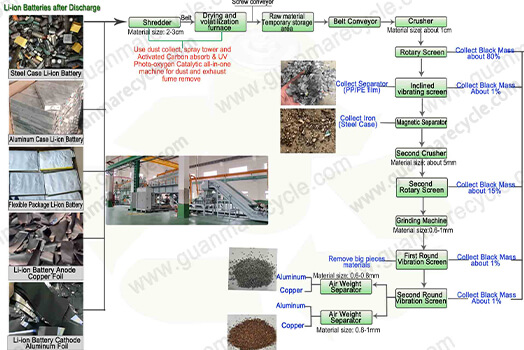The Importance of Lithium Recycling Plants in Today’s Economy
In an era where electric vehicles (EVs) and renewable energy systems are becoming increasingly prevalent, the demand for lithium-ion batteries has skyrocketed. This surge has led to a growing need for efficient and environmentally friendly methods to manage end-of-life batteries, making lithium recycling plants a crucial component of the modern industrial landscape.
Understanding the Battery Recycling Process
Lithium recycling plants employ advanced technologies to recover valuable materials from spent batteries. The process begins with the collection and sorting of batteries, which are then dismantled to separate components such as lithium, cobalt, nickel, and manganese. These elements are vital for manufacturing new batteries, reducing the reliance on mining and the associated environmental impacts.

Advanced Technologies for Material Recovery
One of the key innovations in lithium recycling is hydrometallurgy, which uses chemical solutions to extract metals from battery waste. Another method, pyrometallurgy, involves high-temperature processes to recover materials. Both techniques are designed to maximize recovery rates while minimizing environmental harm.

Environmental Impact and Sustainability
Lithium recycling plants play a pivotal role in promoting a circular economy. By reusing materials, these facilities help reduce the carbon footprint of battery production and minimize waste. Additionally, they alleviate the pressure on natural resources and contribute to a more sustainable future.
Economic Benefits and Market Potential
The economic benefits of lithium recycling are significant. As the market for recycled materials grows, so does the potential for job creation and technological innovation. Companies that invest in recycling infrastructure can position themselves at the forefront of a rapidly evolving industry, ensuring long-term profitability and environmental stewardship.
Lithium recycling plants are not just about managing waste; they are essential for driving the transition to a greener, more sustainable world. By embracing cutting-edge technologies and sustainable practices, these facilities are paving the way for a brighter future in battery production and beyond.


